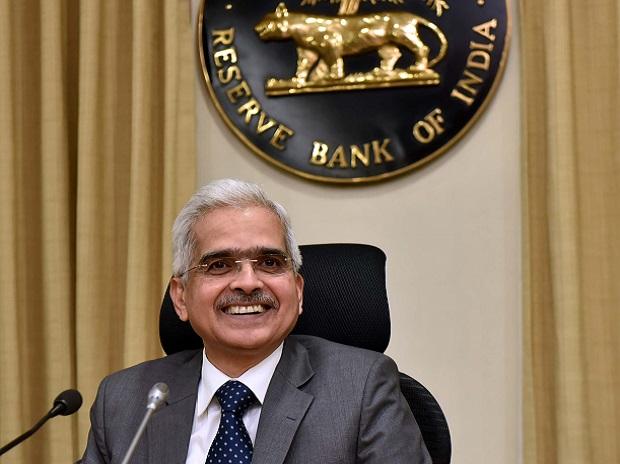RBI holds rates steady: What should debt fund, fixed income investors do

The first bi-monthly monetary policy for fiscal 2022 kept a status quo on all key policy rates. The Monetary Policy Committee (MPC) of the RBI also reiterated an “accommodative stance†on rates and “surplus liquidity†to help the economy return to a durable growth path. In this backdrop, what should fixed income and debt fund investors do? Here is a low-down.
Positive for long end tenor
Key measures include a quarter wise OMO calendar, that should help manage the yield curve and the massive borrowing program, with INR 1 trillion scheduled in Q1-FY 22. RBI expects inflation to rise marginally in FY 22 though expects food inflation to soften. “The policy is supportive of long end rates, with some impact at the shorter end owing to longer tenor liquidity absorptions as part of the liquidity management program. We would continue focusing on Banking & PSU, Corporate Bond and Dynamic Bond fund categories, post today’s policy, ” says Kumaresh Ramakrishnan, CIO-Fixed Income, PGIM India Mutual Fund.
Corp bond spreads remain moderate
Interest rates are likely to remain range bound going forward as RBI is committed to ensure easy liquidity and low repo rates. The increase in Government borrowings are likely to be partially offset by RBI OMOs and secondary market purchases of Government securities. Inclusion of government securities global bond indices will add to the demand.
“Corporate bond spreads are likely to remain at moderate levels on back of restrained supply and continued demand from institutional investors. Unless inflation expectations start increasing in the future, fixed income investors will do well to remain invested in Indian bonds,” says Sandeep Bagla, CEO, TRUST Mutual Fund.
Dynamic for higher risk takers
RBI’s concerns over inflation was clearly reflected in the governor’s statement. This along with the fact that the RBI has given up on the time based forward guidance to keep monetary policy accommodative, indicate that course of monetary policy could change sooner than expected.
Says Pankaj Pathak – Fund Manager – Fixed Income, Quantum Mutual Fund: “We expect that the RBI could start hiking policy rates towards end of this year. On the other hand the commitment to buy government bond under the GSAP is a good move to support the long term bond yield. this will support long term bond yields in near term. But medium term trajectory will depend more on the policy outlook.”
Pathak feels investors should expect gradual rise in bond yields over medium term We also expect very high volatility in interest rate going forward, he added.
Dynamic bond funds could be an option for investors with long time horizon and higher risk appetite. Conservative investors should stick to liquid funds.
Low single-digit returns
“Today’s RBI policy has reiterated our earlier view that investors should expect low single-digit return from the bond market in FY22 and will have to increase their average maturity in order to optimize their risk-adjusted returns. We wish to highlight that investors at the short-end (up to 2Y) will probably earn
zero or negative real return (inflation-adjusted) in FY22, similar to FY21,” says Dhawal Dalal, CIO-Fixed Income, Edelweiss Asset Management.
Prudent investors are requested to consider investing in high-quality bonds maturing in 5Y or higher through passively-managed target-maturity bond index funds as well as bond ETFs to benefit from diversification, transparency, simple & clear investment objectives and predictability of returns for hold-to-maturity investors in our opinion, Dhawal added.
The move to introduce G-SAP – secondary market GSec acquisition program is a master stroke by the RBI, said many experts. This would reign in sharp spike in GSec bond yields. Introduction of long term VRRR (variable rate reverse repo) is an extension towards normalising liquidity. “Liquidity surplus however will and is likely continue. We expect yield curve to flatten from the current levels with the longer end of the yield curve compressing faster than the short end,” says Lakshmi Iyer, CIO (Debt) & Head Products, Kotak Mutual Fund.
“…with these measures, RBI measures should be able to counter the global adverse backdrop of upward movement in yields and higher commodity prices. The increase in Long term repo operations over 15 days could see the upto one year yields moving up by 10 to 15 basis points and remaining at that level,” feels Murthy Nagarajan, Head-Fixed Income, Tata Mutual Fund.

